Few figures in the manga world are as eccentric and unorthodox as Tatsuki Fujimoto. His persona is as intriguing as his most influential creation, Chainsaw Man. This series hailed as a modern classic, stands out in the new-gen shonen landscape for its explosiveness and unconventionality. The immensely successful anime adaptation in 2022 further catapulted Fujimoto’s work into the stratosphere of popularity.
What sets Chainsaw Man apart and renders it unforgettable is its peculiar, idiosyncratic nature. It seamlessly blends surreal comedy with gritty dark fantasy, immersing readers in a world overrun by Devils.
Yet, amidst the violence, there’s a poignant drama that evokes genuine emotion, leaving fans in tears at every tragic turn. The outlandishness of Chainsaw Man mirrors Tatsuki Fujimoto’s own unconventional personality, making the mind behind this modern masterpiece of dark shonen all the more amazing.
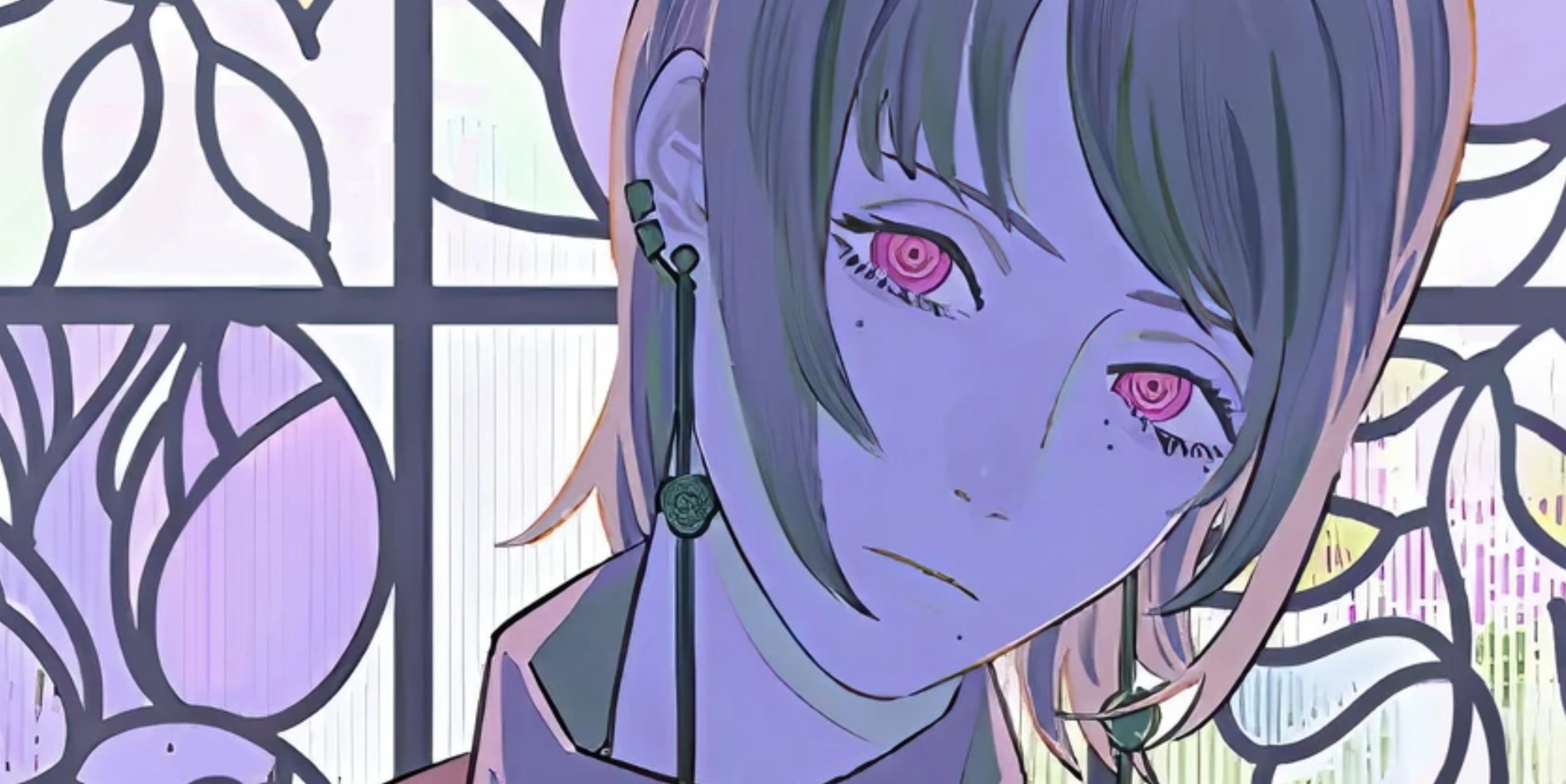
The recent accolades only add to Fujimoto’s moment in the spotlight. Chainsaw Man’s win for Best New Series at the 2024 Crunchyroll Awards solidifies its status as a cultural phenomenon.
The confirmation of movie adaptations for both Chainsaw Man and the one-shot Look Back underscores Fujimoto’s growing influence in the manga and beyond.
In light of these achievements, it’s fitting to delve deeper into Fujimoto’s body of work and his distinctive quirks. He stands as a testament to the creative brilliance that thrives in the manga industry, pushing boundaries and defying expectations with every stroke of his pen.
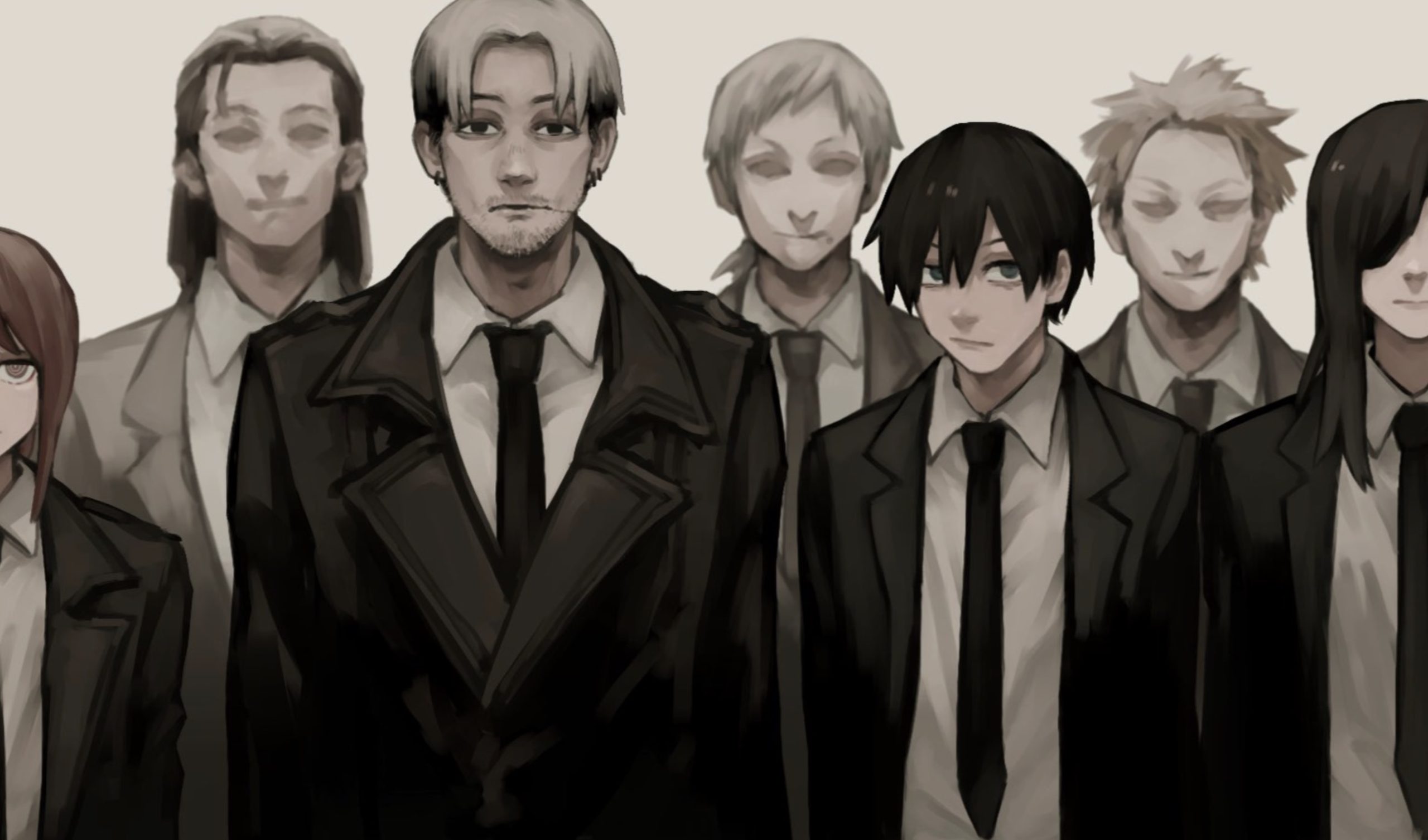
As we celebrate Tatsuki Fujimoto and his unique contributions to manga, let’s explore the enigmatic mind behind the pages of Chainsaw Man and beyond.
Fujimoto Feels Laid-Back About His Characters and 9 More Amazing Facts
Here are some more amazing and surprising facts about the creator of Chainsaw Man.
10. Fujimoto’s narrative freedom allows him to dispatch beloved characters.
Fujimoto doesn’t hesitate to shake things up by dispatching fan-favorite heroes, as seen when Himeno sacrifices herself to the Ghost Devil in the Chainsaw Man anime. Chapter 157 of the manga introduces Yoru, the war devil, alongside Asa, marking another significant moment.

Regardless of the series’ penchant for tragedy, Fujimoto’s trademark humor offers a welcome respite in recent chapters. However, what sets Chainsaw Man apart for many fans is its eclectic and endearing cast of characters. Interestingly, Fujimoto doesn’t hold the same sentimental attachment to his creations as his audience does.
While Fujimoto does appreciate certain characters and dedicates effort to their development, he prioritizes the story above individual heroes. This detachment from his creations grants him the liberty to dispatch beloved characters without hesitation and to introduce dramatic shifts in the series’ cast whenever the narrative demands.
9. Fujimoto’s manga features dominant female characters, influenced by personal experiences.
Fujimoto’s manga showcases a cadre of strikingly unconventional female characters. From the formidable and manipulative Makima to the merciless War Devil Yoru and the no-nonsense assassin Quanxi, Fujimoto’s narratives often revolve around powerful, somewhat cunning women.
This predilection for dominant female characters stems from the mangaka’s personal fascination with what he describes as “tough and unreasonable” women.
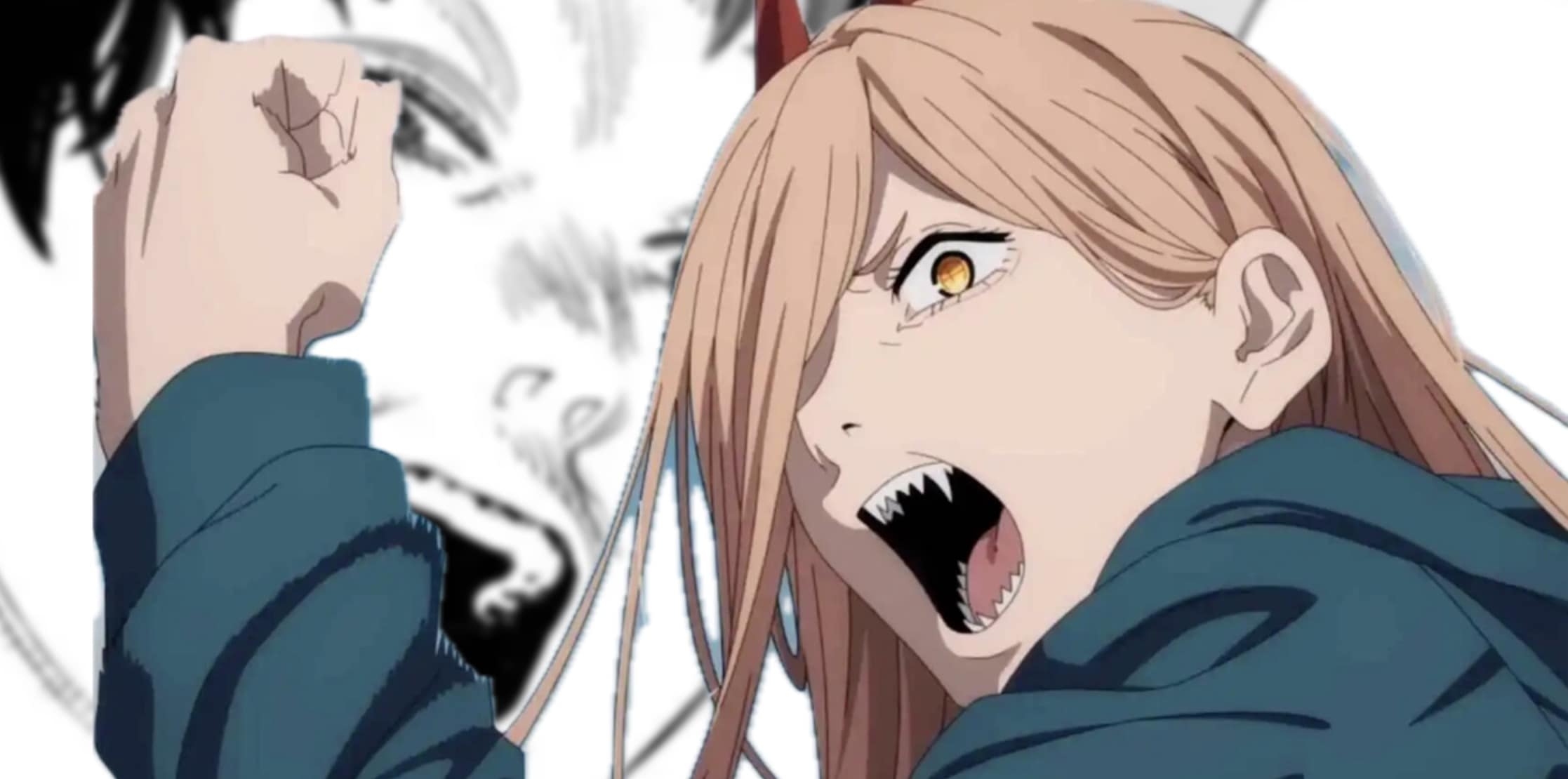
Fujimoto openly admits to being a self-proclaimed masochist, a revelation that traces back to his college days when he found himself oddly drawn to a girl who bullied him.
Rather than feeling distressed by her actions, Fujimoto found himself strangely amazed by the experience of being tormented. This revelation has significantly influenced his creative endeavors.
Notorious for incorporating his personal inclinations into his work, Fujimoto consistently places female characters in positions of authority and endows them with dominant, sometimes eccentric personalities.

This artistic choice reflects not only his own proclivities but also adds depth and complexity to his storytelling, creating a cast of characters that defy conventional stereotypes and expectations.
8. Fujimoto’s love for cinema enriches his manga creations.
Tatsuki Fujimoto, through a translated quote, expressed his recommendation for “NOPE” as the most intriguing movie of the previous year. This insight into Fujimoto’s cinematic tastes sheds light on his deep passion for film, a passion that permeates his manga creations.
For devoted Fujimoto fans, his love for movies is no secret. References to films abound in his works, and he frequently incorporates characters who share his fervor for cinema.
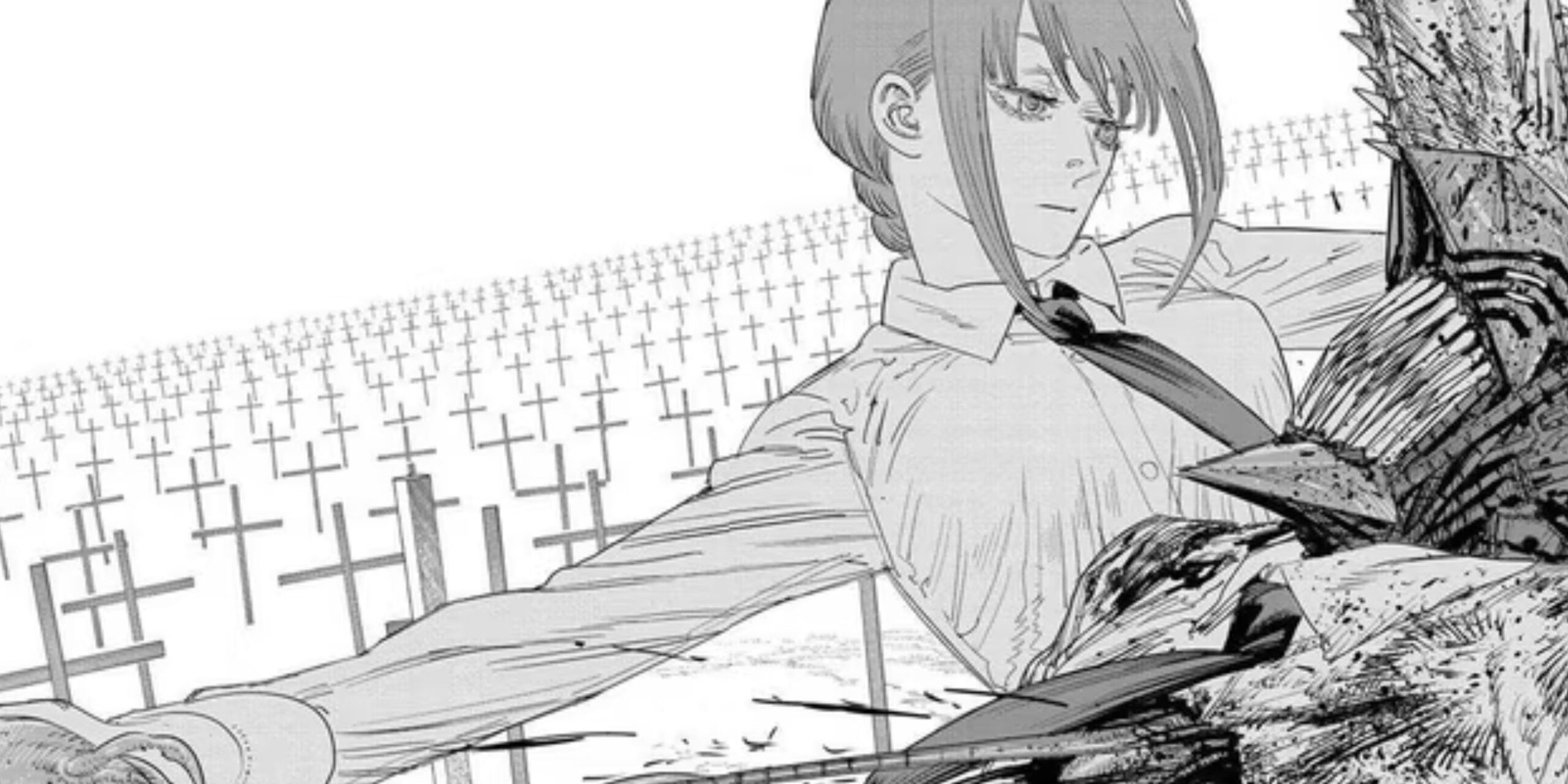
From Togata in “Fire Punch” to the protagonists of “Goodbye, Eri” and “Chainsaw Man’s” Denji, cinephiles are a recurring motif.
While “Chainsaw Man” draws direct inspiration from “The Texas Chainsaw Massacre,” Fujimoto’s cinematic influences extend far beyond this franchise. He finds inspiration in a diverse array of films, ranging from the absurdity of the disaster movie parody “Sharknado” to Tarantino’s iconic “Reservoir Dogs.”
The quirky horror comedy “Attack of the Killer Tomatoes!” and the poignant Japanese drama “Typhoon Club” also rank among his sources of creative inspiration.
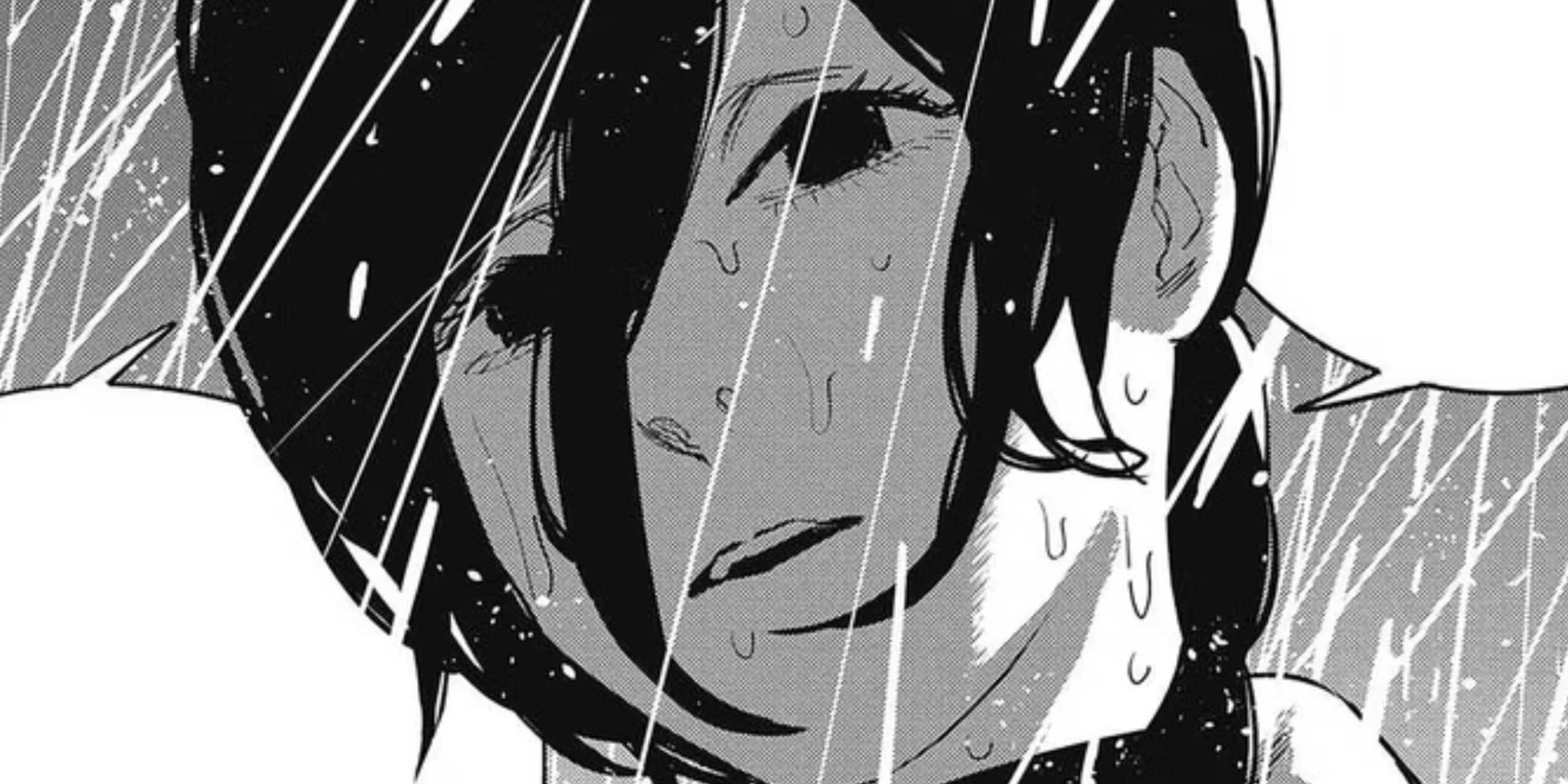
Unsurprisingly, anime holds a significant place in Fujimoto’s heart as well. Works like “FLCL,” “Kizumonogatari,” and “Devilman” have left a profound impact on his manga, showcasing the breadth of his appreciation for visual storytelling across various mediums.
Through these diverse influences, Fujimoto weaves a tapestry of cinematic and anime references that enrich the depth and complexity of his storytelling.
7. “Fire Punch” showcases Fujimoto’s daring and unconventional storytelling style.
For those who find “Chainsaw Man” to be an unconventional manga, the sheer bizarre and shocking nature of Tatsuki Fujimoto’s first serialized work, “Fire Punch,” would undoubtedly leave them bewildered.
Set in a frozen totalitarian dystopia, “Fire Punch” follows Agni, a man gifted with regeneration powers but cursed to constantly burn in an unquenchable flame.
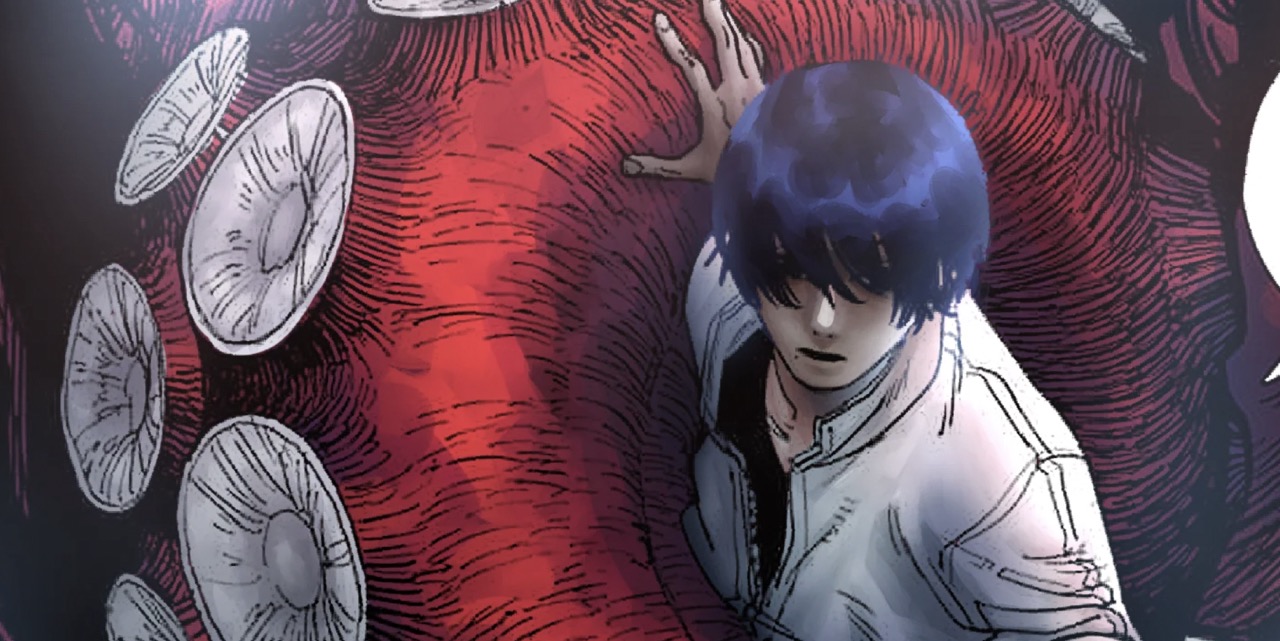
Renowned for its extreme violence and cruelty towards its characters, “Fire Punch” stands out as one of the most audacious and outlandish rides in the history of shonen manga.
One of the most memorable aspects of “Fire Punch” is its main villain’s motivation—to “create a civilization cultivated to the exact same point as the era in which Star Wars was created.” This unique premise adds another layer of eccentricity to the already surreal narrative.
The unprecedented oddness of “Fire Punch” sparked intense controversy among fans. While some hailed it as a masterpiece, others criticized it for its incomprehensibility.

Regardless of where one stands on its quality, “Fire Punch” undeniably showcases Fujimoto’s unorthodox and daring approach to storytelling. It serves as a prime example of his willingness to push boundaries and challenge conventional norms within the manga.
6. Fujimoto skipped the assistant route, into original one-shots.
Unlike many mangakas who typically gain experience by working as assistants, Tatsuki Fujimoto charted a different path to success. Instead of apprenticing under-established authors, he dove headfirst into creating his own original one-shots.
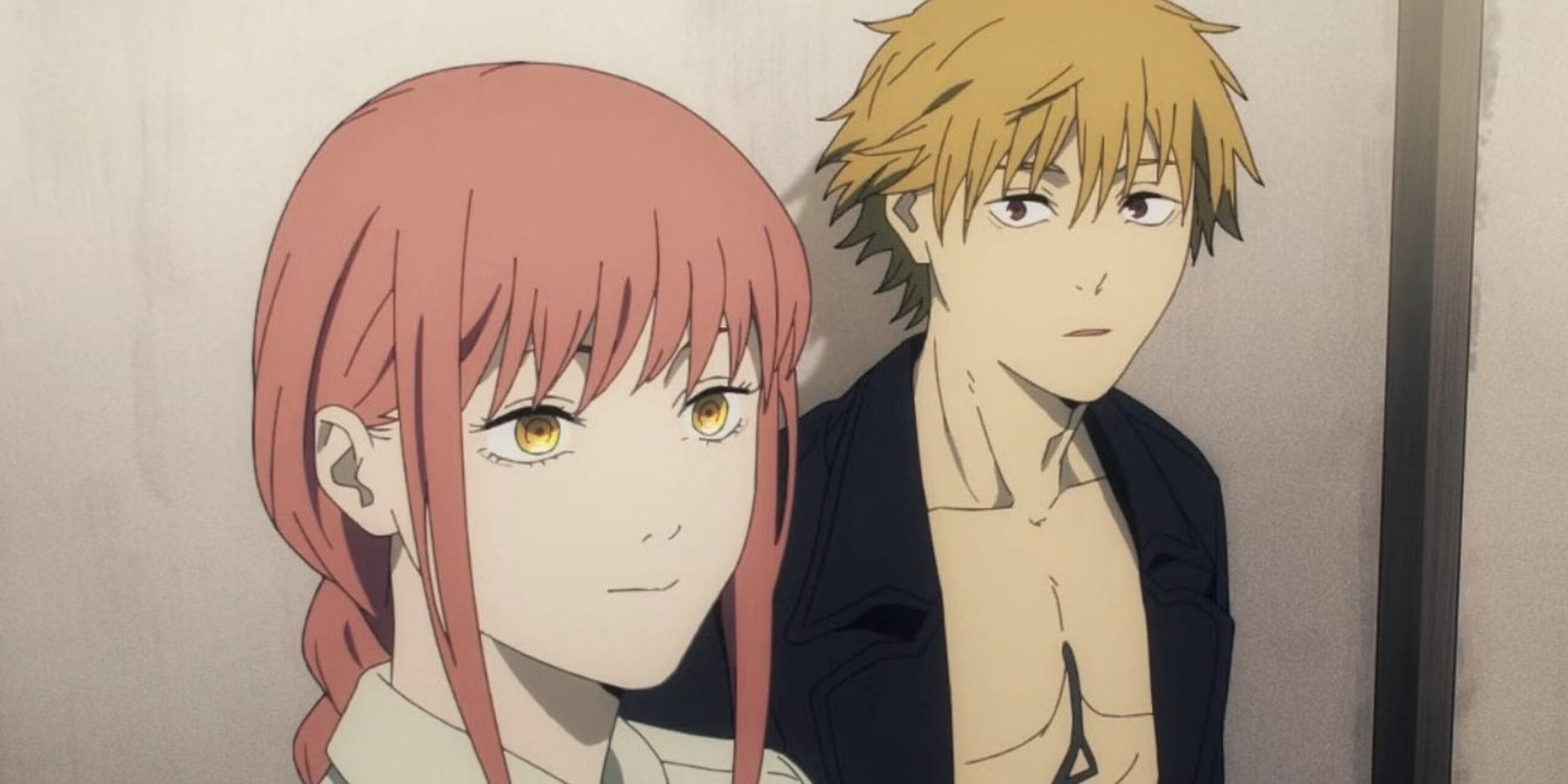
Fujimoto’s journey into the manga industry defies convention. While most aspiring mangaka hone their craft through years of drawing and often serve as assistants, Fujimoto’s background was somewhat unconventional. Growing up with a passion for drawing, he found himself in a town where art-centric programs were scarce.
Undeterred, he pursued his interest in manga while studying Western painting at college.
Remarkably, Fujimoto bypassed the traditional route of working as an assistant and went straight to crafting his own one-shot stories. This unorthodox approach proved fruitful, leading to his breakthrough opportunity.
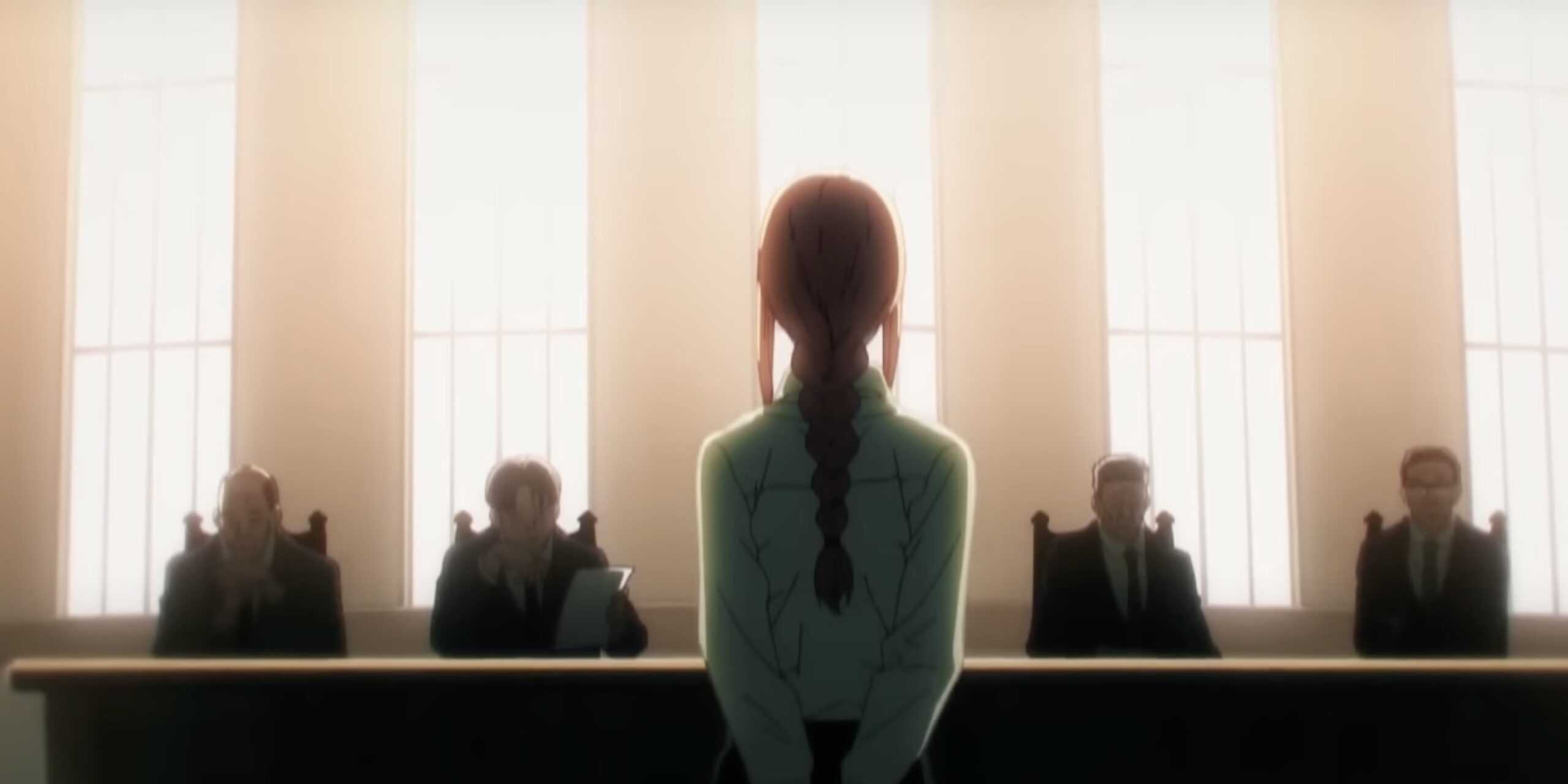
Just two years after graduating from college, Fujimoto embarked on his first serialized manga, “Fire Punch,” marking the beginning of his notable career in the industry.
5. Fujimoto’s eccentricities enhance his appeal to fans and readers.
Ishida Sui, author of Tokyo Ghoul, once remarked, ‘Fujimoto-kun had better realize soon that he’s much crazier than he thinks he is.’ This observation encapsulates the unique persona of Tatsuki Fujimoto, who has never shied away from showcasing his eccentricities to the world.
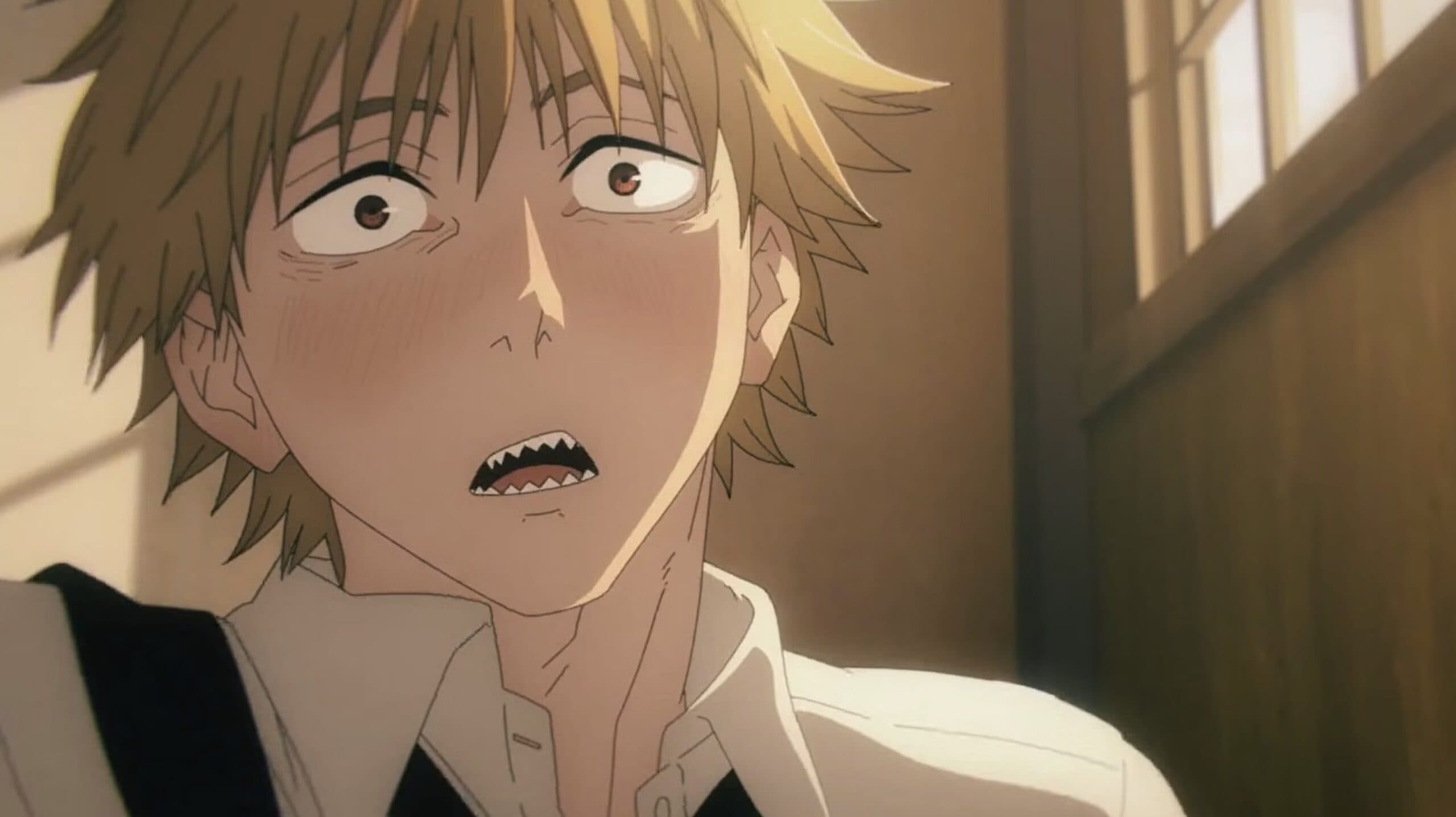
From uploading videos of himself attempting to levitate on YouTube to candidly discussing unusual anecdotes like consuming his girlfriend’s pet fish, Fujimoto’s unorthodox behavior is well-documented.
Surprisingly, rather than repelling readers, these quirks have only served to enhance his popularity.
Fans of Fujimoto and his manga are drawn to the inherent weirdness and unpredictability that permeate his works, mirroring the eccentricities of their creator. His idiosyncrasies have become an integral part of his appeal, resonating deeply within the community he has cultivated.
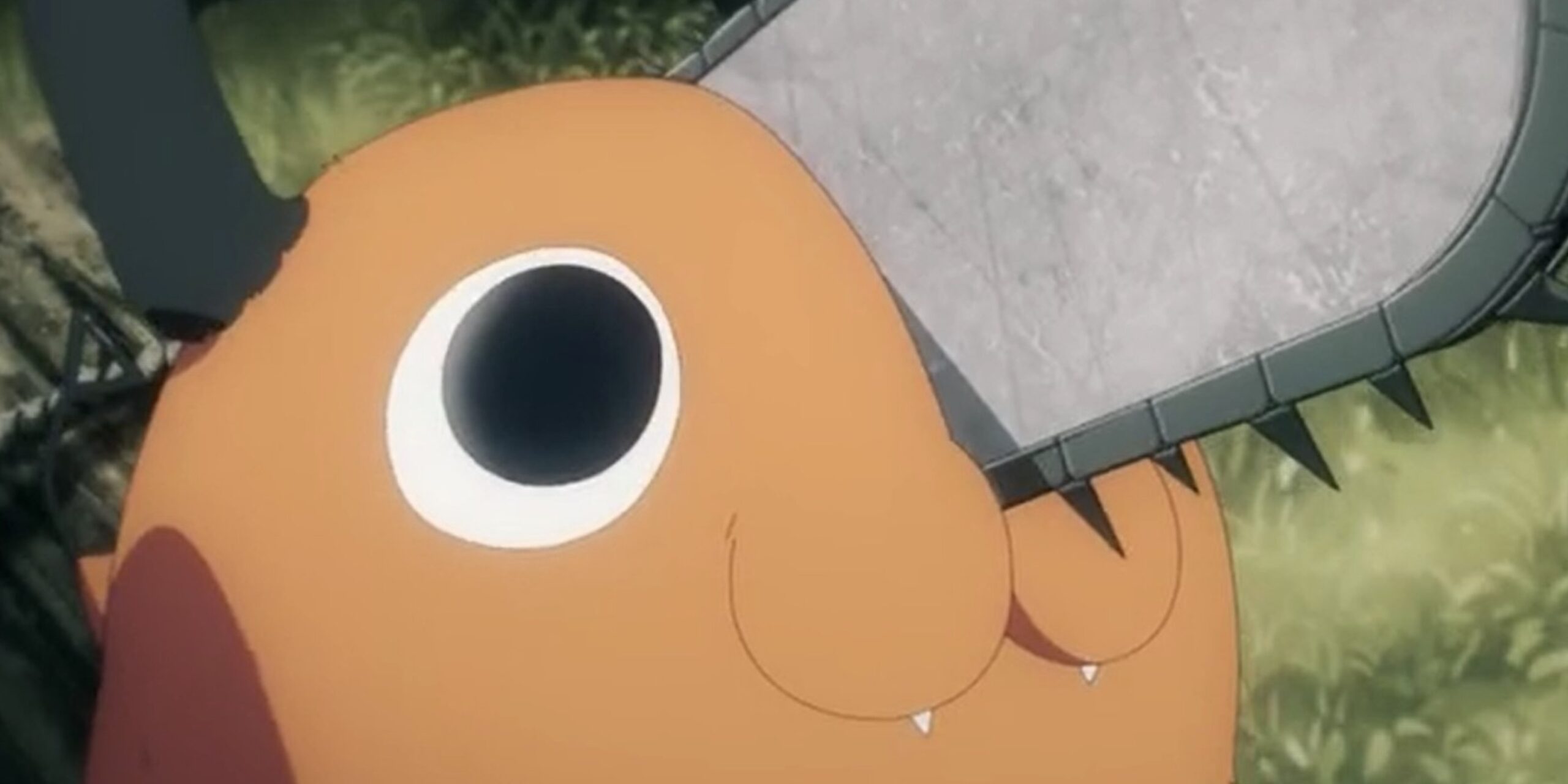
Rather than detracting from his genius, Fujimoto’s unconventional personality is celebrated as a defining aspect of his creative brilliance.
4. Fujimoto’s former assistants have gone on to create a hit manga series.
Assisting a successful mangaka is a common path for aspiring creators to enter the industry, and it turns out that quite a few current big-shot manga authors once worked alongside Fujimoto.
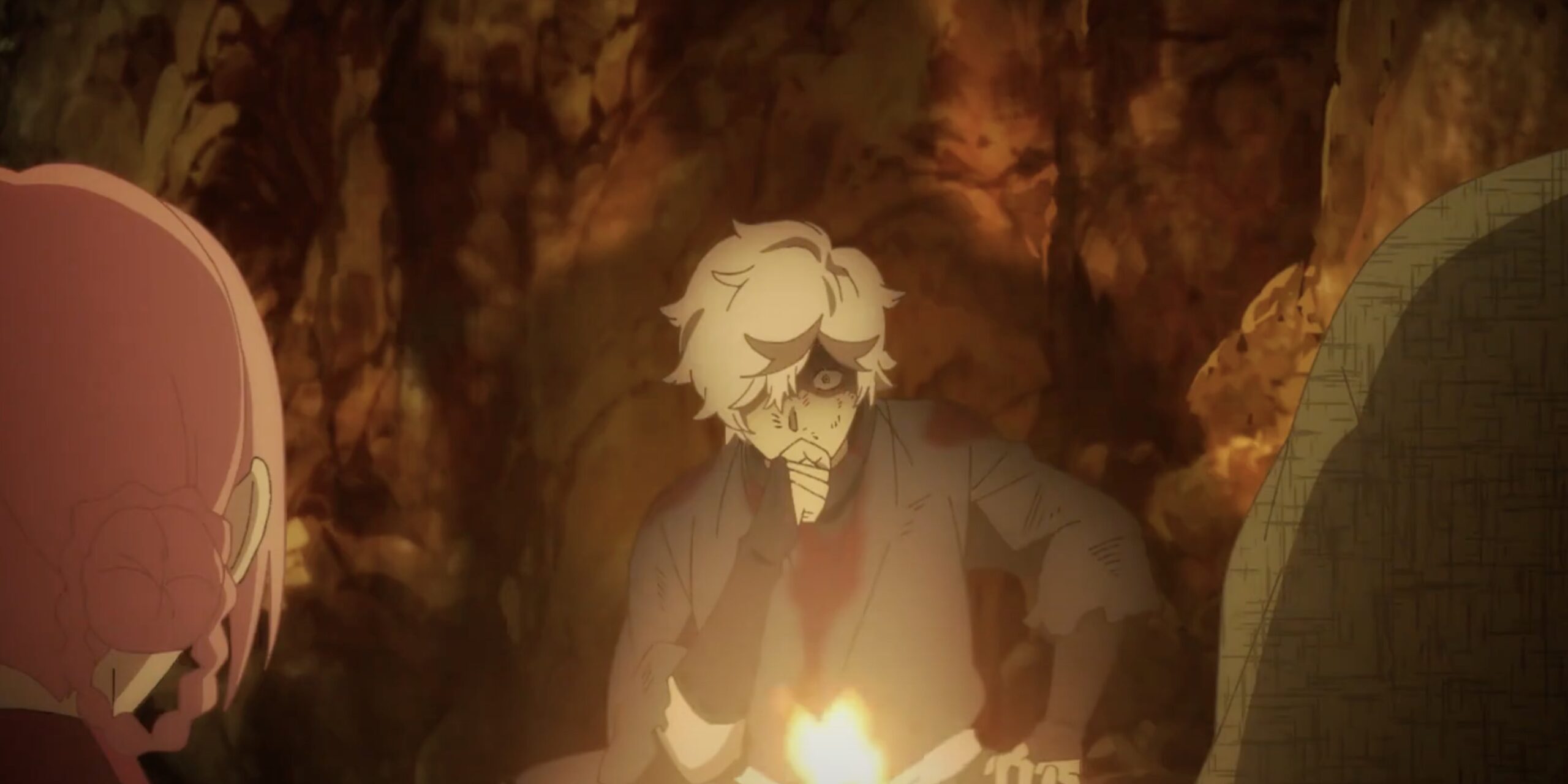
Yuji Kaku, the creator of “Hell’s Paradise,” Tatsuya Endo, known for “Spy x Family,” and Yukinobu Tatsu, the mind behind “Dandadan,” all began their journey as assistants to Fujimoto during the production of “Fire Punch,” before branching out to create their own hit shonen manga.
Reflecting on their time as Fujimoto’s assistants, these creators speak fondly of their experiences and even regard Fujimoto’s eccentricities in a positive light.
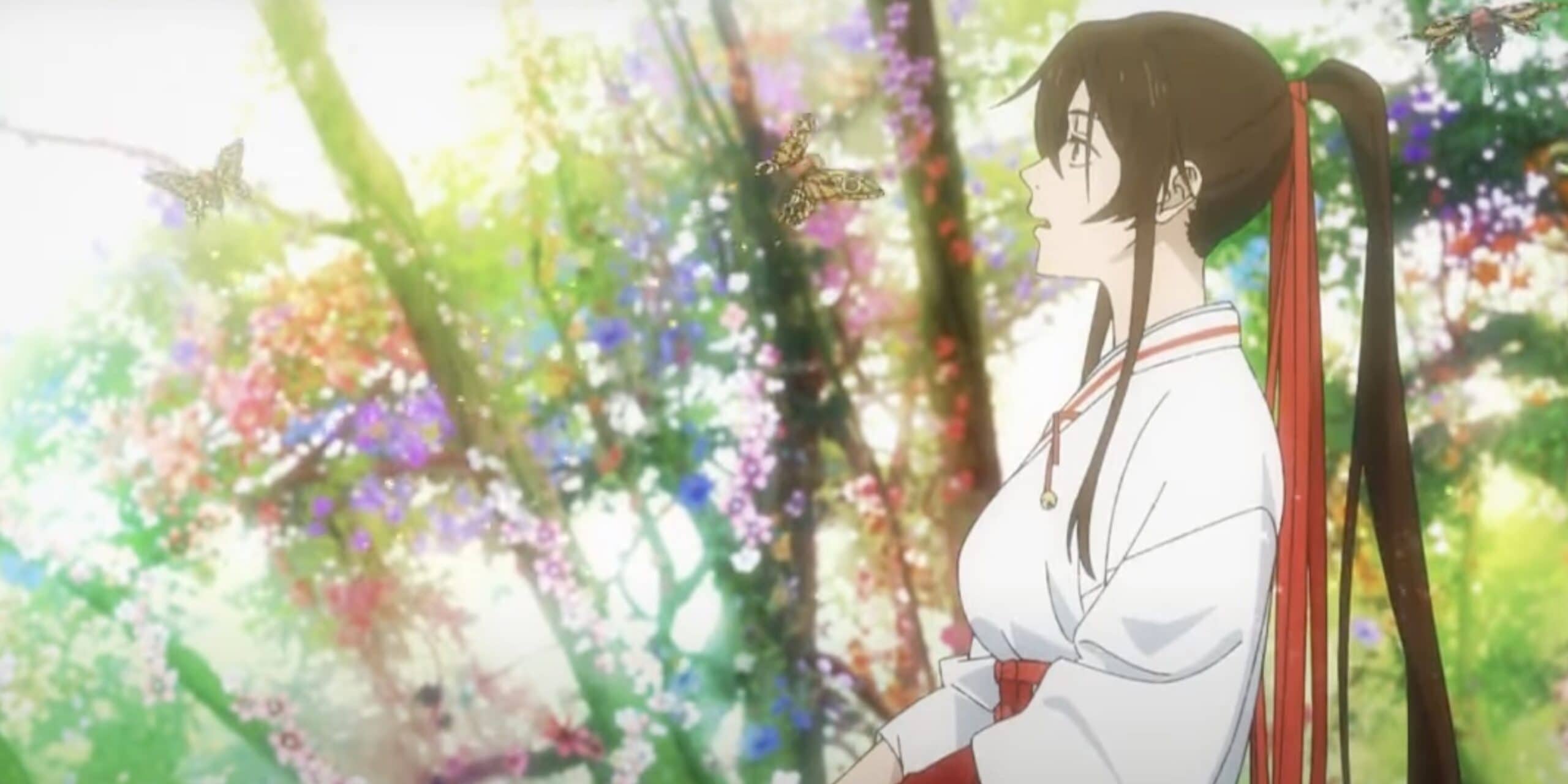
One surprising revelation from Yuji Kaku is that Fujimoto’s real-life manner of speaking closely resembles that of Denji from “Chainsaw Man” – laid-back and informal, adding another layer of charm to the mangaka’s persona.
Fujimoto’s Most Famous Assistants and Their Hit Manga Series
- Yuji Kaku – Hell’s Paradise
- Tatsuya Endo – Spy X Family
- Yukinobu Tatsu – Dandadan
3. Fujimoto maintains humility through self-deprecating humor regardless of his success.
Unlike some creators of highly successful works, Tatsuki Fujimoto doesn’t take himself too seriously when it comes to his manga. Regardless of the immense popularity and acclaim his creations have garnered, Fujimoto maintains a humble perspective on his abilities as a mangaka.
This modesty is in part due to his unconventional path into the industry and his laid-back approach to writing.
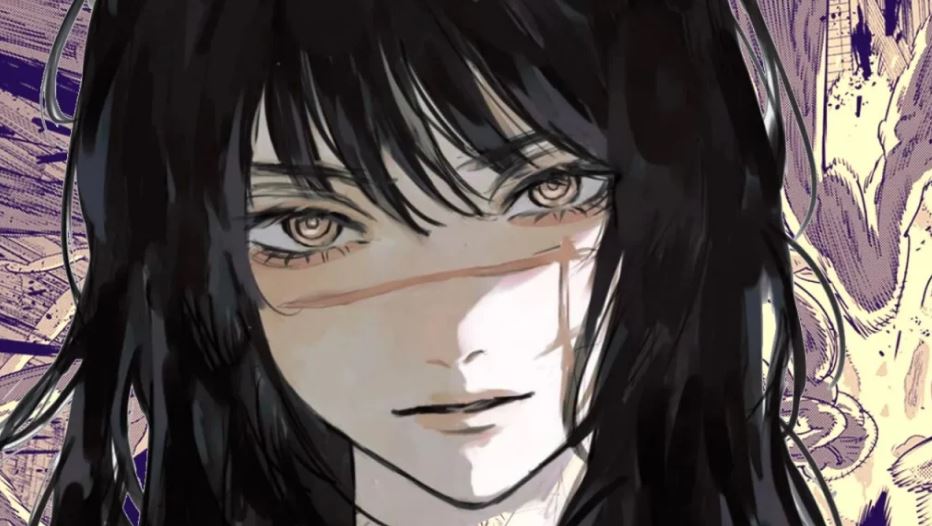
Fujimoto’s self-deprecation and doubt often manifest through humor, much to the delight of his vast fanbase. For instance, upon winning the Harvey Award for Best Manga with “Chainsaw Man,” Fujimoto humorously remarked that the series was “unbefitting of any reward.”
This tongue-in-cheek attitude underscores his reluctance to boast about his achievements.
Furthermore, Fujimoto isn’t afraid to poke fun at himself and his work. When MAPPA announced their adaptation of “Chainsaw Man,” he humorously remarked on the irony of his manga being picked up by the studio after they had found success with “Dorohedoro” and “Jujutsu Kaisen,” suggesting that he was simply ripping off their previous hits.
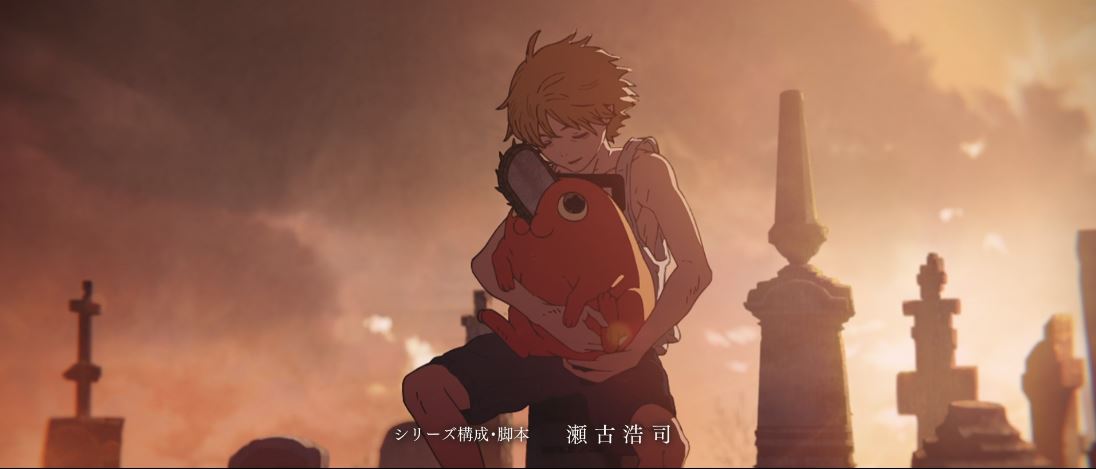
Through his lighthearted and self-deprecating humor, Fujimoto endears himself even more to his fans, who appreciate his down-to-earth approach regardless of his incredible success in the industry.
2. Fujimoto’s fictional sister, Koharu Nagayama, mirrors a character from his manga.
Tatsuki Fujimoto’s imaginary “little sister” goes by the name Koharu Nagayama. Interestingly, Koharu shares many traits with a character from one of Fujimoto’s early one-shots, Nayuta of the Prophecy.

Nayuta left such a lasting impression on Fujimoto that she eventually became one of the main characters in Part 2 of “Chainsaw Man.”
Regardless of Fujimoto’s reserved nature regarding his personal life and the absence of social media accounts under his own name, he’s been known to run a Twitter account under the guise of his fictional younger sister since 2013.
This account, though infamous, is characterized by its childlike and simplistic tone, akin to the observations of a third-grader.
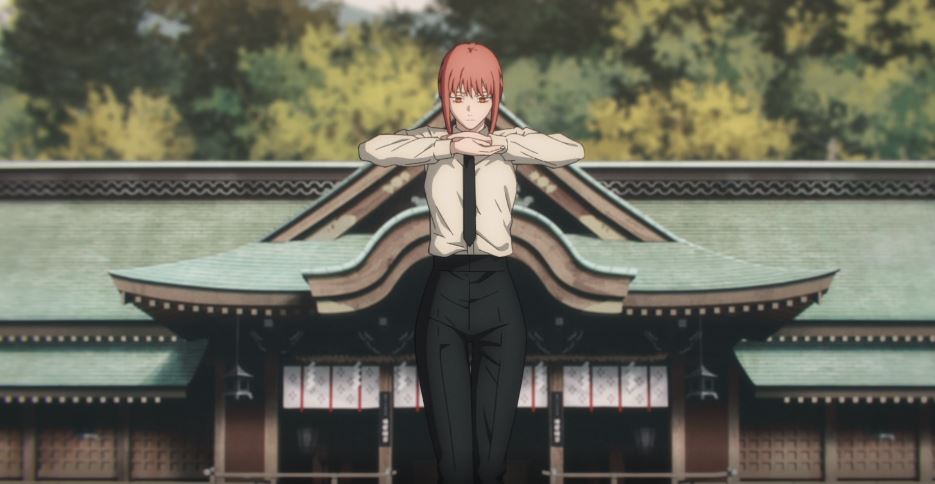
However, amidst the playful banter, Fujimoto’s “sister” occasionally offers movie recommendations and promotes other anime and manga, attributing them to her “older brother.”
Predictably, this unconventional joke has stirred its fair share of controversies over the years. From age restriction issues to disagreements with Fujimoto’s publishers, the account has found itself embroiled in various debates and disputes.
1. Fujimoto’s early struggles resonate in Denji’s relatable portrayal.
Tatsuki Fujimoto in an interview with Jump+ shared,
“I was also a deadbeat after I graduated, and the rent where I lived was 20,000 yen [about $200]. It didn’t have AC, so that was tough,”
One of the defining characteristics of Denji, the protagonist of “Chainsaw Man,” is his authentic and relatable nature. As a poor and mistreated youth with nobody to rely on, Denji’s aspirations revolve around securing basic necessities.

This portrayal resonates deeply with today’s youth, reflecting a mentality that hits close to home for many.
Fujimoto acknowledges that he empathizes with the current generation and their nihilistic perspective on life. He candidly admits to experiencing a similar lifestyle after graduating, characterized by financial struggles and a longing for the simple comforts of life.
Much like Denji, Fujimoto’s early adulthood was marked by poverty and the pursuit of a modest and comfortable existence that many young people today strive for but find challenging to attain and maintain.





